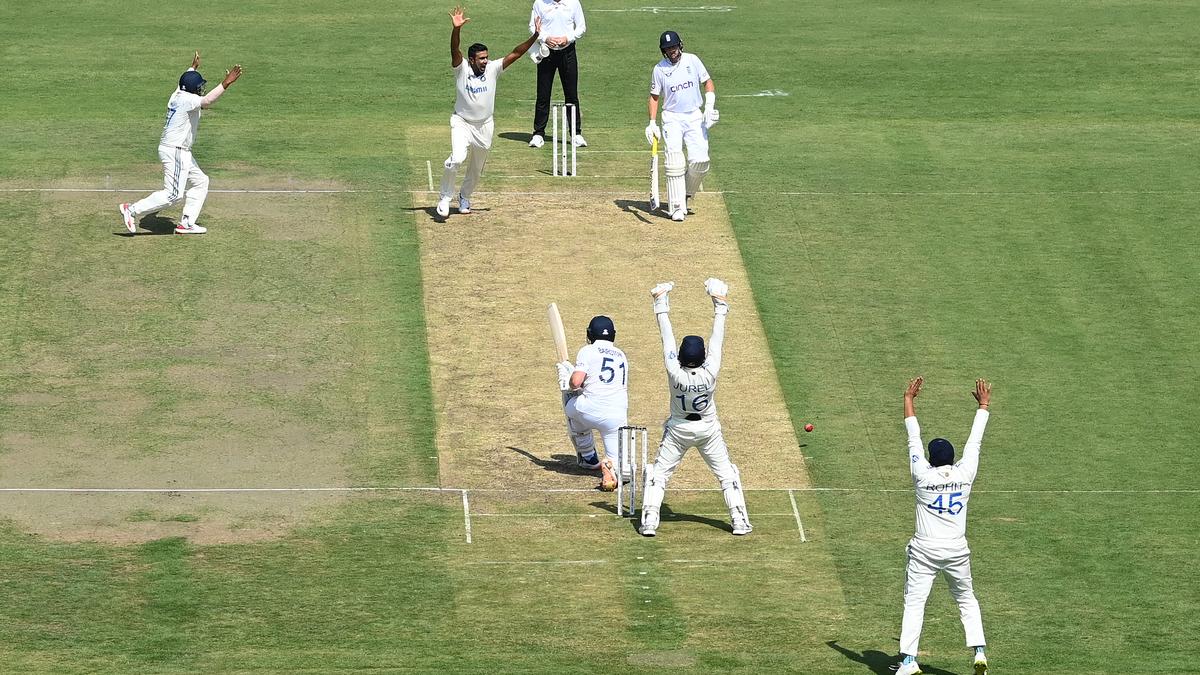
The building and breaching of Fortress India: chronicling a cycle of cricket dominance Premium
The Hindu
India's 12-year Test series winning streak ends, prompting reflection on the dominant era and the upcoming transition.
Winning streaks in sport, history testifies, are not meant to last forever. You can marvel at Bayern Munich’s 11 straight league titles in German football, LA Lakers’ 33-game victorious run in the NBA, or indeed India’s 18 consecutive Test series wins, but invariably the hegemony, perhaps hubris in certain cases, comes to a halt.
Nobody — neither the most cynical Indian nor the most cheerful New Zealander — must have foreseen, though, that India’s proud run would be ended by the Black Caps in a clean sweep.
This was a visiting team, after all, that had won two Tests in India in 68 years before this. One without its leading Test run-scorer, Kane Williamson, due to injury. One that had recently been defeated 2-0 in Sri Lanka.
And yet when the proceedings concluded on a humid Sunday afternoon at the Wankhede Stadium, India was left to brood over the end of a 12-year winning streak in its backyard.
As much as this calls for serious soul-searching from Rohit Sharma’s men to set things in order before West Indies arrives in October 2025, it is worth looking back first at a phenomenal run that made beating India in India akin to finding a needle in a haystack.
Numbers bear testimony. Between losing to England in 2012 and the series against the Kiwis, India won 42 and lost just four of 53 Tests at home. In the same period, Australia lost two home series to India alone while England suffered 21 defeats in 79 home Tests.
Sure, India has always been formidable at home. But in the eight years between its defeats to Australia in 2004 and England in 2012 — its previous unbeaten stretch — India also had four drawn series. It had a win percentage of 52.63, with only 20 victories in 38 home Tests.











